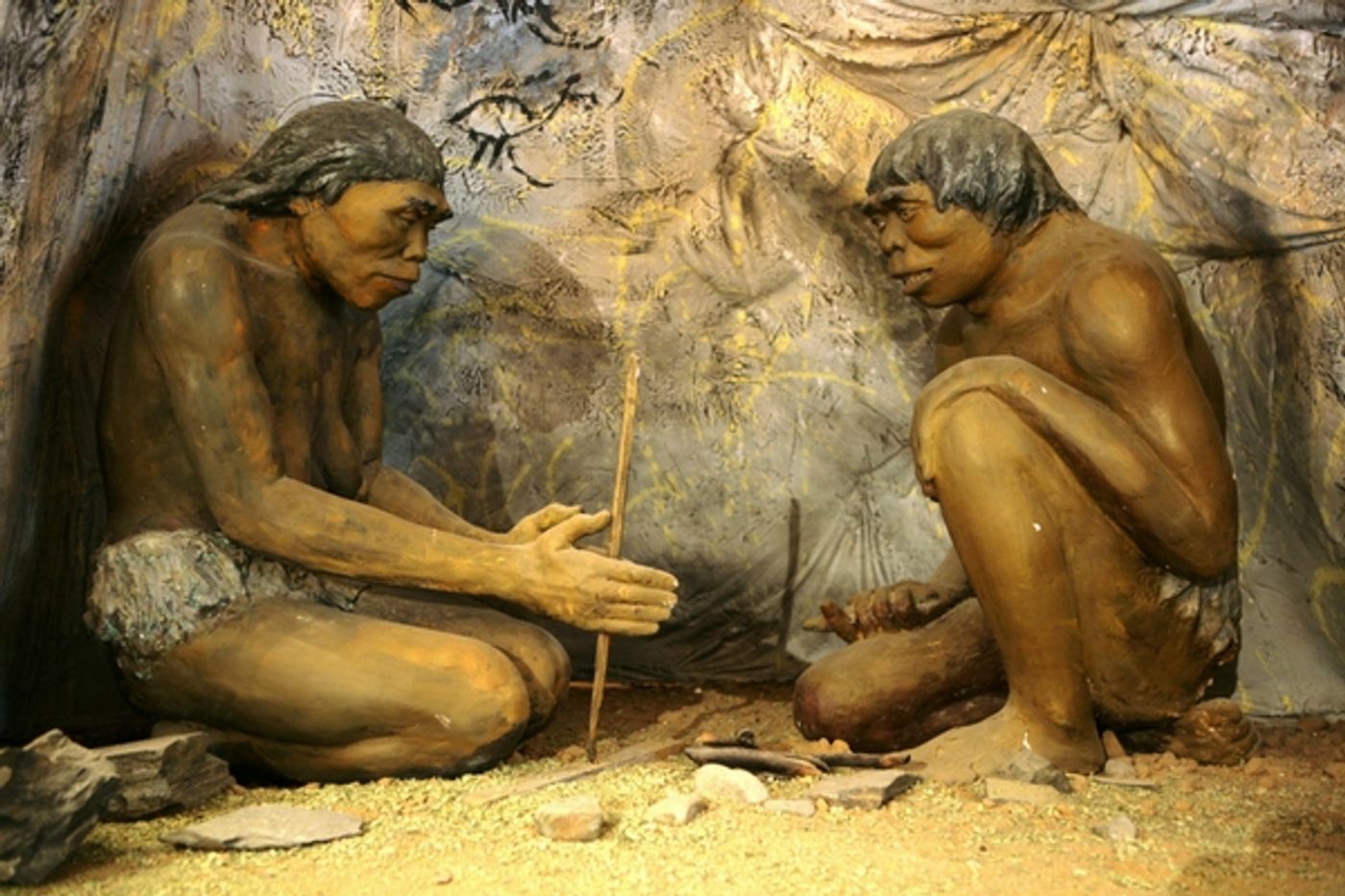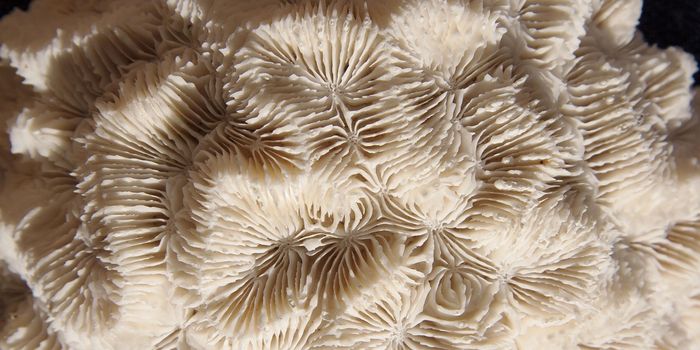Does size matter? Well, it depends, but in terms of the brain, it’s definitely a factor. A study directed by neuroscientist and author Suzana Herculano-Houzel at Vanderbilt University shows that the evolution of humans into the most cognitively advanced species is related not so much to the size but rather to the amount of neurons that have developed in the pre-frontal cortex.
The pre-frontal cortex is the region of the brain responsible for abstract thinking, detailed planning of tasks and decision making. While humans did evolve from primates, the study at Vanderbilt showed that the human brain isn’t that much different from the non-human primate brain. The relative volume of the two brains is roughly the same but the human brain has more cortical neurons.
In a news story from Vanderbilt, Herculano-Houzel stated, "People need to drop the idea that the human brain is exceptional. Our brain is basically a primate brain. Because it is the largest primate brain, it does have one distinctive feature: It has the highest number of cortical neurons of any primate. Humans have 16 billion compared with 9 billion in gorillas and orangutans and six-to-seven billion in chimpanzees. It is remarkable, but it is not exceptional."
Herculano-Houzel wrote the popular book The Human Advantage: A New Understanding of How Our Brain Became Remarkable (MIT Press: March 2016) which details the growth of the human brain into the largest of the primates, even though our bodies are not as large as gorillas or orangutans. She cites the main reason for this growth and this larger amount of cortical neurons is that early humans developed the ability to cook.
Cooking allowed early humans to get more of the calories and nutrients from food. Raw food requires more chewing, and more of an effort to digest. Cooking, by which she means any kind of food prep like cutting, smashing or mixing, means food is consumed faster, with less effort from the body to chew and digest and more calories absorbed. Her recent study, “No relative expansion of the number of prefrontal neurons in primate and human evolution" written with postdoctoral fellow Mariana Gabi was published online recently in the Proceedings of the National Academy of Sciences early edition. It compared the human brain to seven other non-human primates (pig-tailed and crab-eating macaques, baboons, marmosets, galagos, owl monkeys and capuchins) and found that while the human brain is larger, the basic structure is similar in all of the animals and that each species devoted about 8 percent of the total neurons to the prefrontal cortex but in humans this 8% is a larger number.
A bigger brain requires more energy but by using tools and preparing food in different ways, early humans got more energy from their food than non-human primates so they did not have to hunt and gather for more hours, but rather used the fuel they had more efficiently, allowing for neuronal growth. In a sense, the use of implements and cooking methods allowed humans to conserve energy and to grow more brain cells, eventually leading to better cognition, thinking skills, reasoning and decision making.
She stated, “It's amazing that something we now take for granted, cooking, was such a transformational technology which gave us the big brains that have made us the only species to study ourselves and to generate knowledge that transcends what was observed firsthand; to tamper with itself, fixing imperfections with the likes of glasses, implants and surgery and thus changing the odds of natural selection; and to modify its environment so extensively (for better and for worse), extending its habitat to improbable locations.”
The recent study at Vanderbilt was supported by grants from the James S. McDonnell Foundation and the Mathers Foundation. Co-authors were Jon Kaas, the Gertrude Conaway Vanderbilt Distinguished Professor of Psychology, and Kleber Neves, Carolinne Masseron, Pedro Ribeiro, Lissa Ventura-Antunes, Laila Torres and Bruno Mota from the Federal University of Rio De Janeiro. Check out the video below to learn more about the study and Herculano-Houzel’s book on brain size and human development.
Sources:
Proceedings of the National Academy of Sciences,
Vanderbilt University LaboratoryEquipment.com









